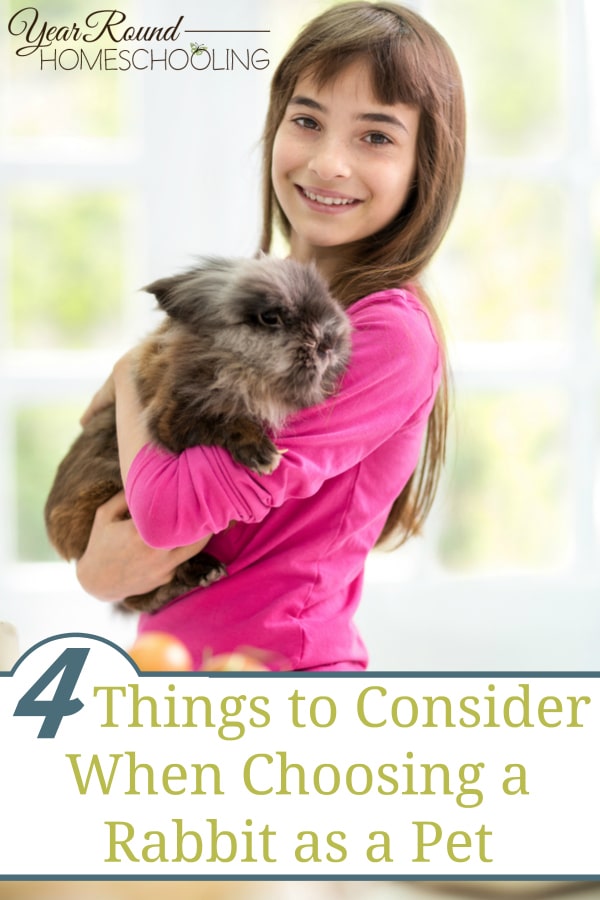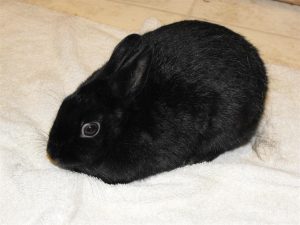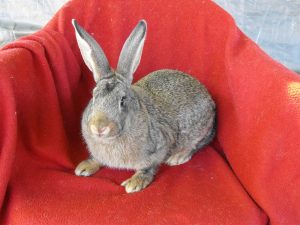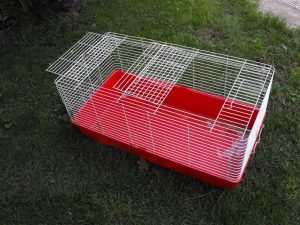What does it take to bring a rabbit into your home as a pet?
It can be as simple as going down to the local pet store and picking out a bunny and finding a cage and just winging it from, or you can make a choice to do some research before bringing a rabbit home. By researching rabbits and the care they will need, you can make informed decisions about the rabbit you find and want to care for.

4 Things to Consider When Choosing a Rabbit as a Pet
What kind of research should you do when choosing a rabbit as a pet?
1. Determine the size and type of rabbit you want.
Do you want a dwarf, small, medium or large (or even extra large) rabbit? Do you want upright or lopped ear? Do you want a baby rabbit (6 weeks to three months), a junior rabbit (3-6 months) or an adult?



Each size has it’s good and bad points…. smaller rabbits tend to be flightier and busier, Holland lops are so popular their quality varies greatly, and bigger rabbits need to be calm so they can handled. Again, pick the rabbit that will suit the person and the size of your household.
2. Determine what price you want to pay.
The price you’ll pay will vary based on the following questions. Do you want purebred or mixed breed? Do you want show or pet quality?
3. Determine if you want your bunny to be an indoor or outdoor pet.
You’ll need to decide what type of housing you want to provide your bunny. There are pros and cons to every type of housing.


Wire bottomed cages, plastic bottomed cages, hutches, C & C cages, exercise pens, colony, free range. So many ways to house your rabbits. Bigger is always better, but fit your cage to your space. So if you have a small space, get a smaller cage and then let your rabbit out to roam. Then the cage becomes a den and that’s a good thing.
4. Determine your methodology of feeding. Natural diet? Pellet based? Mixed method?
When caring for your rabbit, you need to know how it was raised. Starting a rabbit off on green feed when you first get it is not the safest thing for your bunny. If you know how it was fed, it makes it easier to transition the rabbit to how you want to raise it. Natural fed rabbits (who are fed no pellets, but given grain and a legume hay) need also to have those trace nutrients that keep them healthy (so a mineral supplement is a must). Pellet fed rabbits need to have a GOOD pellet. Look for a pellet that is just pellet without colorful bits or seeds in it. Mixed ration rabbits need to have a good balance to their diet that keeps their gut in good health and gives them all the nutrients they need. Think green when giving veggies for treats and feed safe veggies (just look for a safe rabbit foods list). Carrots, apples and other sweet foods are very occasional treats. Raspberry canes and apple branches are great treats.
My assumption in writing this article is that parental control will be established in the caring of the rabbit, particularly for children under the age of 16. Even responsible children need guidance and children under the age of 9 need direct supervision when it comes to caring for their pets.
Can you tell I love talking rabbits? For those wondering how does this fit into the eclectic method of homeschooling? It’s one of the many delights of learning that my son and I engage in. We raise rabbits and have needed to become educated in the various methods of raising them. Rabbits are great pets and an excellent small livestock to raise. Treat them well, feed them right, and you’ll have a great companion animal and a most excellent learning opportunity.
If you have a rabbit, what kind do you have?
